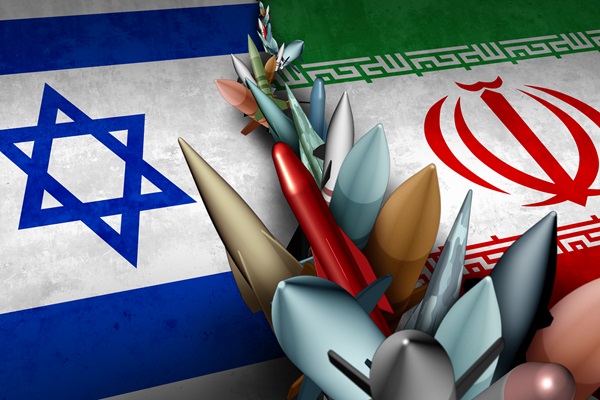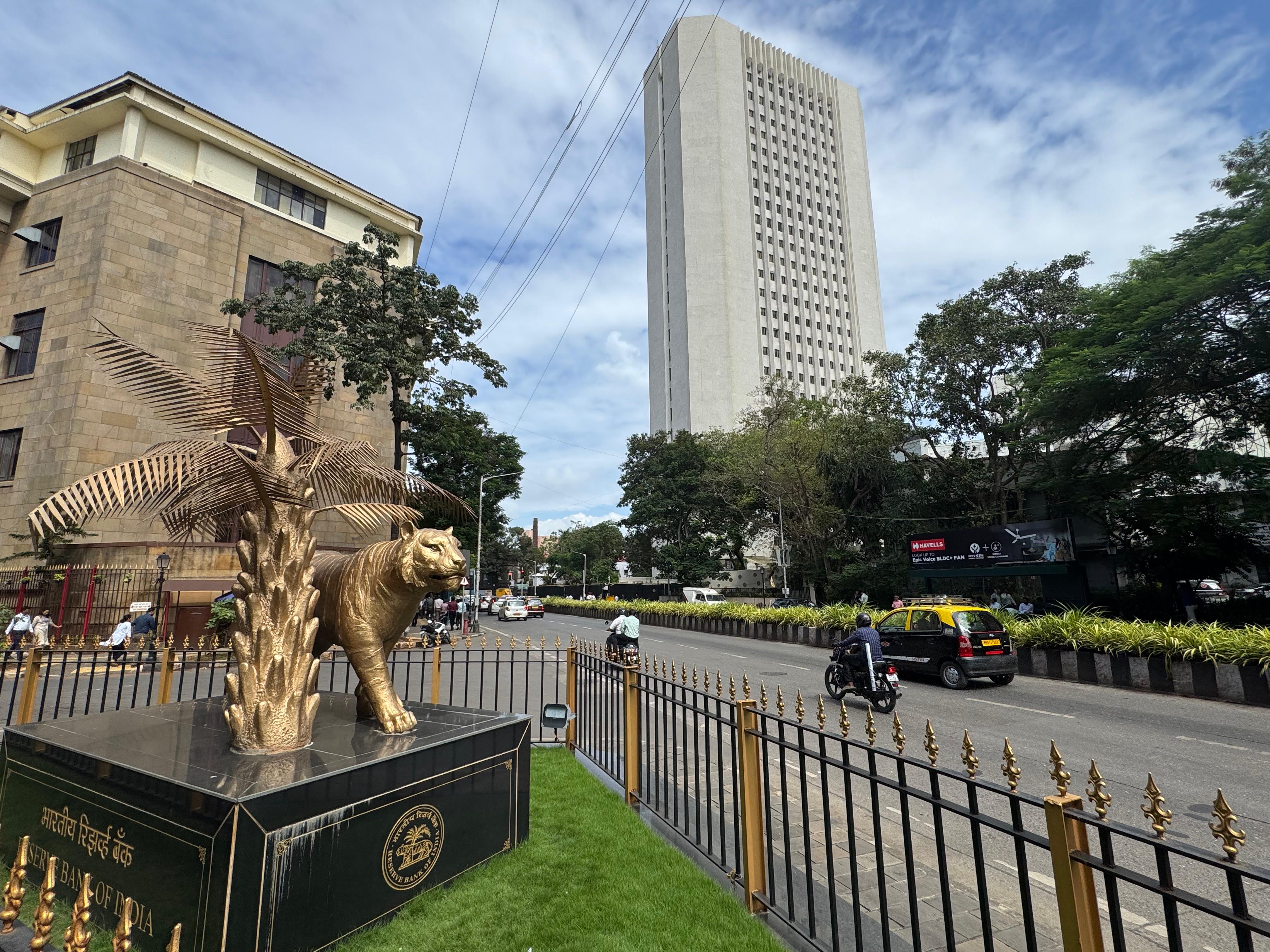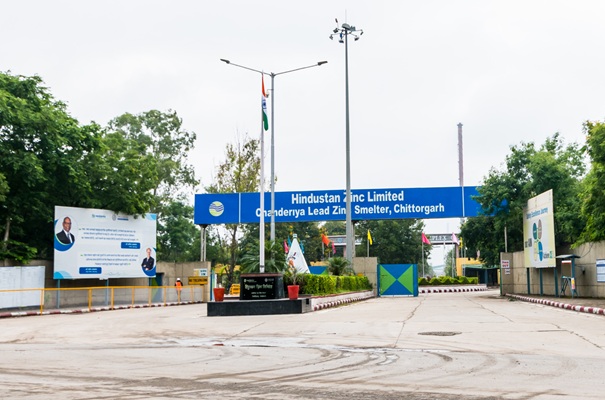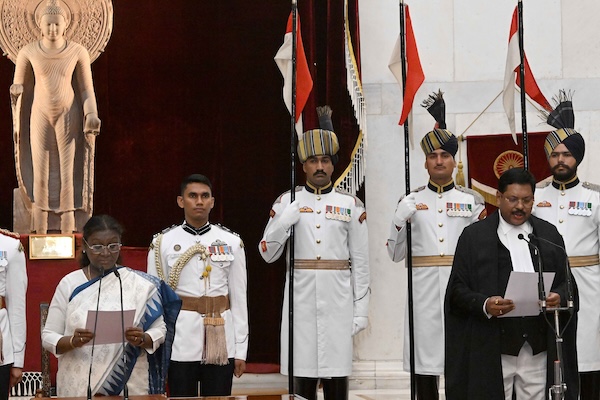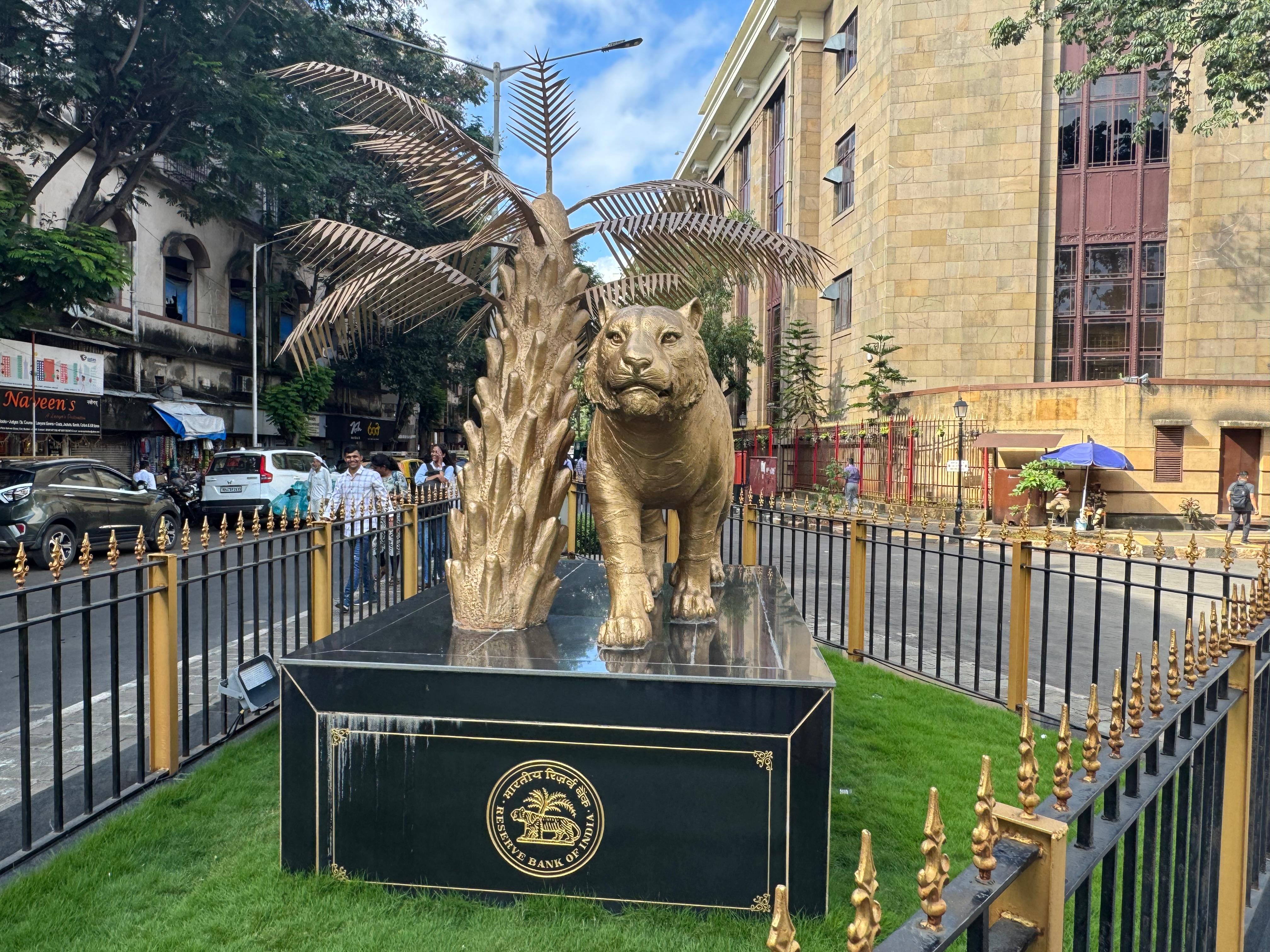.png)

By Lt Gen Syed Ata Hasnain (Retd)
Lt Gen Syed Ata Hasnain is a former Commander of India’s Kashmir Corps and Chancellor of the Central University of Kashmir.
June 20, 2025 at 3:58 AM IST
It’s a war in which the situation is changing dynamically. In the long shadow of the Israel-Iran conflict, the question looming larger than ever is about the true objectives of the war. Is this merely a confrontation over a nuclear programme? Or is Israel pursuing a broader ambition; regime change, strategic dominance, and the irreversible rollback of Iranian power? Recall that it was 1979 when equations changed and a vehemently anti-Israel Iran emerged from the Revolution.
For long, Israel’s approach to Iran has rested on two pillars: preventing it from acquiring nuclear weapons and degrading its capacity to project power across the region through proxies. Yet today, as Tel Aviv intensifies its strikes and rhetoric, and as the war stretches from proxy skirmishes to direct confrontation, it seems clear that Israel is not settling for containment. Netanyahu appears to have assessed that with the proxies in disarray, this is the moment to seize. He is aiming to dismantle the Iranian regime’s ability to threaten Israel’s existence or adversely influence its interests.
Targeting personalities in war is always a strategic objective. Saddam Hussein was perceived as Iraq’s centre of gravity. Thus, the planned and targeted assassination of top IRGC generals, nuclear scientists, and now, perhaps, efforts targeting Supreme Leader Ali Khamenei himself, are not acts of desperation but deliberate strategy.
Israeli leadership, emboldened by precedent and tacit Western backing, likely believes that the removal of the IRGC command structure and hardline theocrats would create enough disruption. I am not sure they believe that by itself will halt or delay Iran’s nuclear momentum. The assumption hinges on a deeper question: how committed is Iran’s regime to defending its nuclear narrative, and how far will it go?
Tehran has invested not only in centrifuges and enrichment technology, but in a deeply embedded national narrative of resistance and scientific sovereignty. The site most often discussed in this context is Furdow, Iran’s heavily fortified underground nuclear facility. Israeli analysts, and increasingly the US ones, are probably debating whether the IDF’s capabilities, including deep-penetration munitions, can neutralise the site without American help. It is believed that Russian personnel or advisers are also present at Furdow, lending the facility another layer of geopolitical complexity.
Moscow has been publicly quiet (for good reason, with the Ukraine war raging) but strategically active, allegedly resupplying Iran with components and logistics to keep its defence system functional. The involvement of Russian engineers at such a sensitive site raises the stakes. Any strike could inadvertently cross red lines with Moscow, further muddying the battlefield with global alignments already distorted by the Ukraine war.
And what of Iran’s willingness to absorb inevitable pain? History suggests that the Islamic Republic is prepared to sacrifice lives and economic stability for its unbending ideological posture. Shiite history is deeply rooted in pain, resistance, and principles. The 1980–88 Iran–Iraq War, the nuclear sanctions era, and recent regional escalations have all tested its endurance. But would Tehran truly risk thousands of casualties to hold that position? So far, its rhetoric remains defiant, but internal divisions, popular discontent, and economic fatigue may alter its calculus, especially if the Supreme Leader himself is targeted or killed. No one wants war, especially a sanctions-exhausted nation.
On the war front, there is growing concern that Israel’s own munitions stockpile is being rapidly depleted. Its Air Force remains among the world’s most technologically advanced, with deep precision strike capacity and electronic warfare superiority. But missile stocks, especially interceptors, are finite.
Strategy or Stockpile?
The United States is expected to resupply, but even Washington is facing pressure. The experience of Ukraine has already shown that Western arsenals are not bottomless. Europe’s ammunition reserves were consumed far faster than anticipated. Could this war devolve into one of logistics sustainment and supply chains, rather than strategy and doctrine? We have to remember that there are no common borders here and no territorial occupation being contemplated. That leaves only bombs and missiles to do their job, and they may not be plentiful.
President Trump seems itching to enter the war, although he has been professing he is against wars and has promised to stop them all. Even as he contemplates, the US nuclear carrier USS Nimitz is now heading toward the theatre, and contingency planning is underway.
One unsettling scenario being discussed in strategic circles involves the use of Pakistani airspace and some air bases for a possible US strike on Iran. Asim Munir’s luncheon meeting with President Trump may have been all about that (a conjecture). This is not just about geography, it is about optics.
Would Pakistan permit its territory to be used for an assault on a fellow Islamic nation, particularly one with whom it has no direct enmity? Islamabad aspires to regional Islamic leadership and may baulk at such an overt alignment, especially with its domestic vulnerabilities and complex relationship with Tehran. Yet, it may not have options.
Then comes the question of escalation. The US possesses the Massive Ordnance Penetrator (GBU-57/B), sometimes dubbed the “super bomb”—a 30,000-kg munition capable of destroying hardened underground facilities. If Washington decides to use it, it would send an unmistakable signal of capitulation and finality. But it would also open up new fronts: from Tehran’s retaliation to possible direct involvement by Russia and China, who have so far been measured, even muted.
That restraint may not last. Russia, engaged in Ukraine and sanction-fatigued, may see value in bogging down the US in another theatre. China, reliant on Iranian oil and invested in the Belt and Road corridor through the region, may not intervene on the grounds of a lack of capability. In either case, the Middle East may again become a proxy arena for great power rivalry, with unpredictable consequences.
On the other side, although Arab states have condemned the Israeli trigger, the support for Iran is insufficiently passionate. This poses a moral and political dilemma: what becomes of pan-Islamic solidarity when one of its central powers is under assault, and others look away?
LOSE-LOSE
The Netanyahu factor also bears importance. Many quietly believe that peace is more likely to come from Netanyahu’s exit than from Khamenei’s. But could Netanyahu be removed even as Israel is at war? The calculus is tricky. Israeli society is divided, its government fragile, and war often consolidates hardline power, not weakens it. Yet if the war drags on, with mounting casualties, economic pressure, and diplomatic isolation for Israel, internal dissent could sharpen dangerously.
This brings us to the central strategic dilemma. Are the objectives of Israel and the US, removing Khamenei, collapsing the IRGC, and destroying Iran’s nuclear programme, achievable in a short time frame without igniting a broader global crisis? Can the military timeline be compressed to align with the political one, without destabilising the world economy or triggering escalations from Russia and China?
The answer may lie not in capability, but in prudence. Israel has the means to inflict extraordinary damage. The US has the tools to escalate. Iran has the ideological will to resist. But the global system today is far more fragile than in previous wars. A conflict of this scale risks exceeding its original rationale and becoming a conflict that no one can win, and everyone may lose.
In the weeks ahead, the war may expand or pause. Either way, it has already exposed the fragile groundworks of the regional and global order. What seemed unthinkable is now unfolding in real time. And what comes next may depend less on bombs and more on whether reason, in any capital, still exists.
